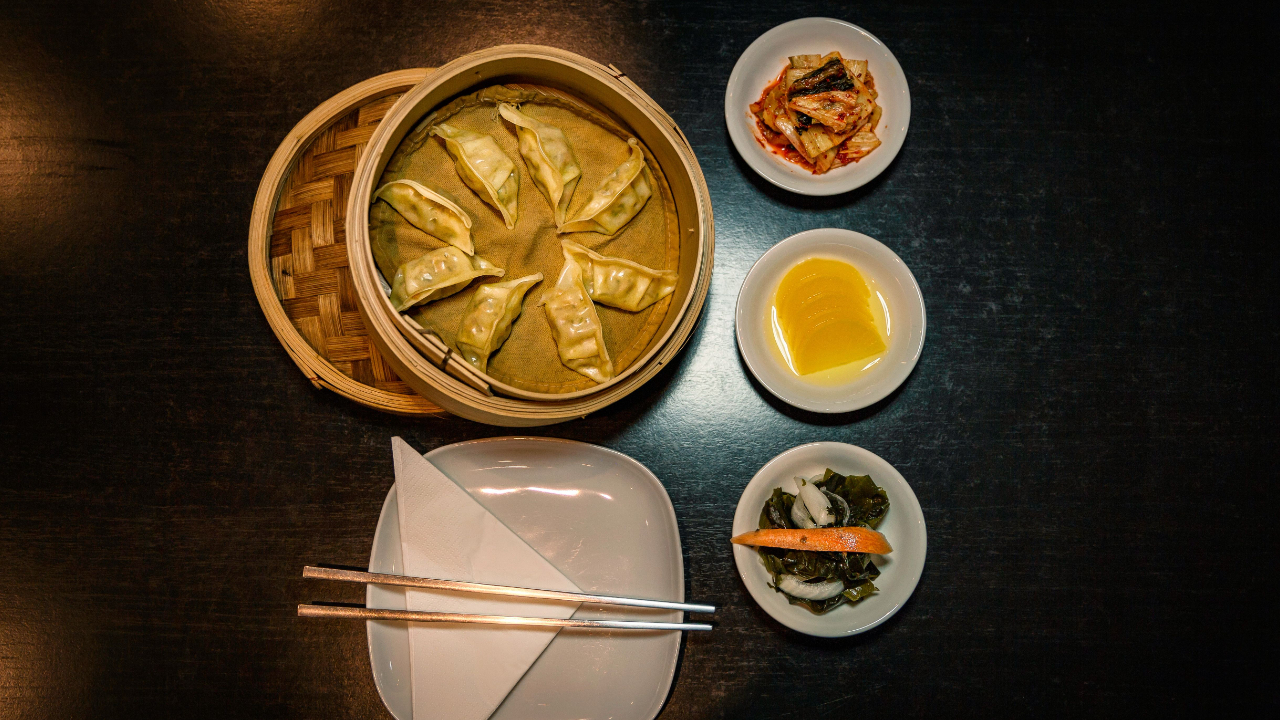Alright, let’s talk about dim sum. I absolutely love it, always have. But getting diagnosed with diabetes a few years back really threw a wrench in things. My first thought was, “Oh man, does this mean no more weekend yum cha?” That wasn’t an option I was willing to accept easily.

So, I started digging into it. What exactly makes traditional dim sum tricky for blood sugar? Well, lots of things, I found out pretty quick. You’ve got:
- Lots of refined white flour in the buns and wrappers.
- Sugar often sneaks into fillings and sauces.
- Plenty of deep-fried items.
- Hidden fats, especially in things with pork.
Okay, knowing the enemy is half the battle, right? My first step was trying to make some modifications at home. I figured if I controlled the ingredients, I’d be safer. I went out and bought some whole wheat flour first, thinking I’d make my own wrappers. That… well, that was an experiment. Let’s just say my wrapping skills need work, and the texture wasn’t quite the same. It was edible, but maybe not the dim sum experience I craved.
Trying Different Fillings
Next, I focused on the fillings. This was more successful. For things like siu mai or dumplings:
- I switched fatty pork for lean ground chicken or turkey.
- Packed them with more vegetables – mushrooms, water chestnuts, chives, cabbage – to bulk them up without adding carbs.
- Cut way back on sugar and used minimal low-sodium soy sauce or tamari for flavor, adding ginger and garlic instead.
Steamed dishes became my best friend. Steamed chicken feet (if not in a super sugary sauce), steamed vegetable dumplings, steamed fish – these were generally better bets.
Eating Out – The Real Challenge
Making it at home is one thing, but the real joy of dim sum is going out, right? The carts, the noise, the variety. So, I had to develop a strategy for restaurants.

My approach became:
- Scan the menu/carts for steamed options first. Steamed greens (like gai lan) with oyster sauce on the side (so I control the amount) became a staple order.
- Ask questions. I wasn’t shy about asking if there was sugar in the marinade for the steamed ribs, for example. Sometimes they know, sometimes they don’t, but it’s worth asking.
- Focus on protein and veg. Things like steamed tofu dishes, chicken feet (again, watch the sauce), or basic steamed fish balls were better choices than piles of har gow (shrimp dumplings) or char siu bao (BBQ pork buns) because of the wrapper-to-filling ratio.
- Limit the obvious carbs. One small baked char siu bao might be okay, but three or four is asking for trouble. Same with sticky rice – delicious, but a carb bomb. I learned to have just a taste if someone else ordered it.
- Avoid the deep-fried stuff almost entirely. Spring rolls, taro puffs… tasty, but not worth the spike.
- Skip the sweet desserts. Egg tarts, sesame balls – usually a no-go for me now. Green tea became my dessert.
- Portion control is everything. Sharing dishes is key. I never order just for myself; we always get a variety and I take small portions of the things I can manage.
It took some trial and error. I definitely had some blood sugar readings after early attempts that made me rethink my choices for the next time. But I found a way to still enjoy the experience. It’s about making conscious choices, focusing on steaming over frying, bulking up on veggies and lean protein where possible, and being really mindful of portion sizes, especially with anything involving those lovely, fluffy white buns or wrappers. It’s not quite the free-for-all it used to be, but I can still absolutely enjoy dim sum, and that’s what matters.
